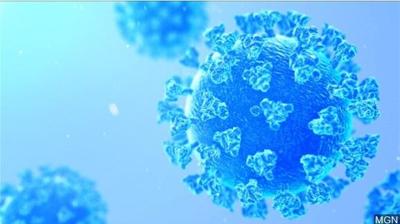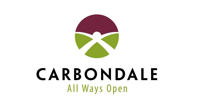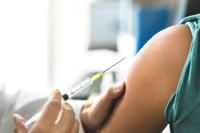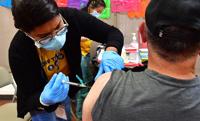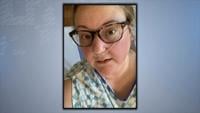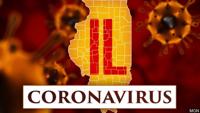(WSIL)--The Illinois Department of Public Health released information on the rates of COVID-19 exposure throughout the state and where exposure is most prominent.
The Governor has pointed out, in the past, restaurants, bars and schools top the list, but now we're seeing different results.

The chart is a breakdown of COVID-19 cases by potential exposure locations.
On this chart, the highest numbers of exposures currently are at places like factories, hospitals or clinics, schools, and places of worship.
We have seen many examples of exposures in these types of places in our region.
For example, back in April, the Gilster-Mary Lee plant in Steeleville saw an outbreak so severe they had to shut down production for a time.
More recently, SIH said their system averages about 40 to 50 nurses out at any given time due to COVID-19.
Health officials are saying that in order to reduce the risk of COVID-19, health officials said you should limit your exposure.
"At this point, you just really need to be thoughtful of what you're doing, where you're going, and how best to keep your family and yourself and your friends safe. And a lot of that is just trying reduce the amount of time you're spending out in public with other people as much as possible," said Southern Seven Health Department Contact tracing coordinator Nathan Ryder.
Health officials also say that the while the safest place to be is at home all the time with no outside contact--this is not always possible or practical.
So you should do your best to avoid contact whenever possible instead.
Restaurants and bars, offices, and even hair salons showing up as lower percentages, but that doesn't mean these places are safer than others.
Lower infection rates at these locations can be attributed to many different factors, such as the tier three mitigations shutting down indoor dining and many office workers working from home.
Long-term care facilities also have low infection rates which can be attributed to limiting or prohibiting visitors.
Because of all these factors, Ryder reminds people to stay vigilant and continue to try and keep themselves safe.
"You might be lots of precautions to keep yourself safe, but what about the people around you, what have they been doing? Where have they been lately? Have they been wearing their mask? Have they been sanitizing their hands? Those are wildcards that you just don't know. So you take a risk when you're in groups with other people like that," said Ryder.
This chart is specific to the Region Five area and was last updated on





